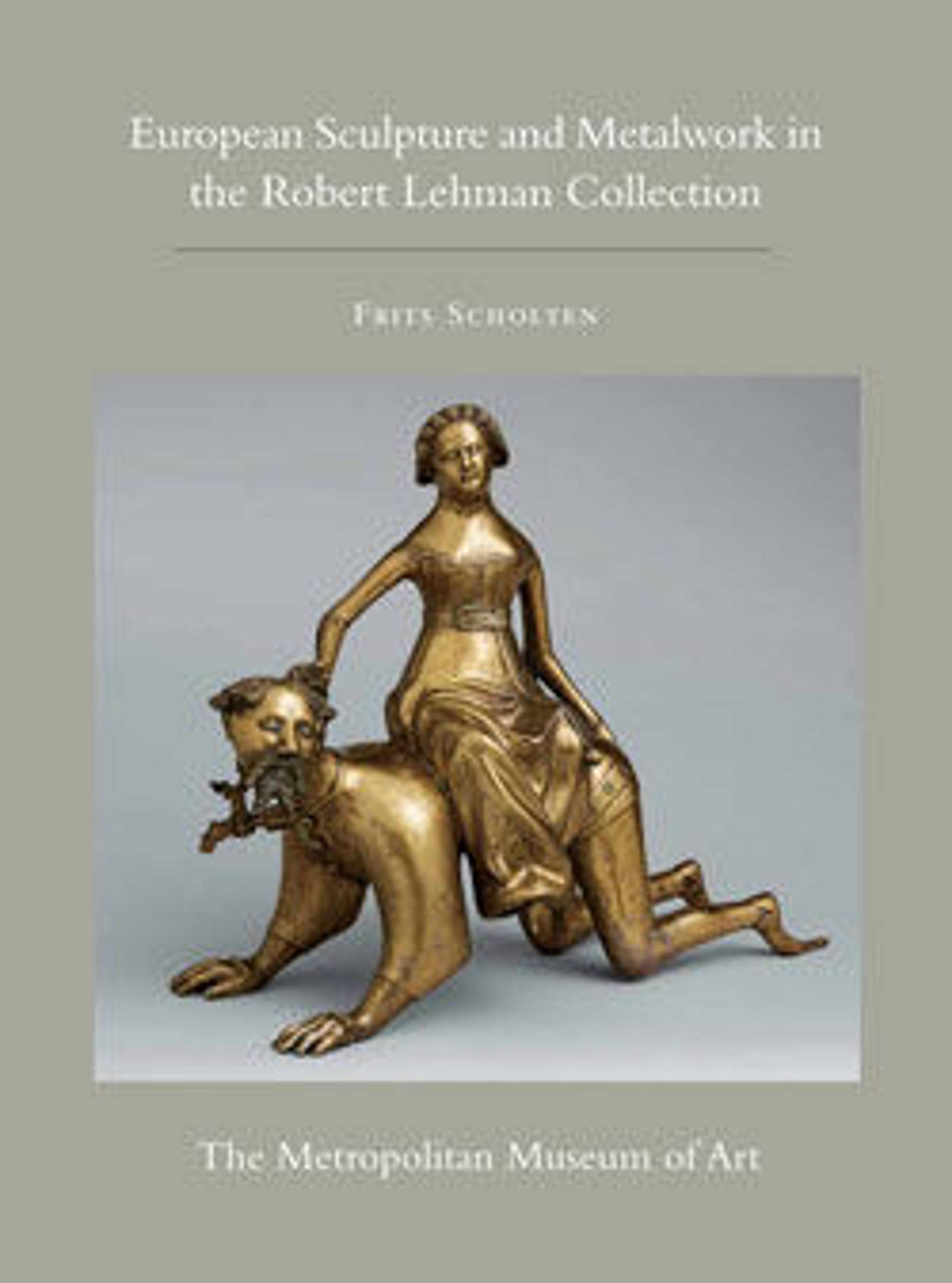Pax with the Virgin and Child and Young St. John
Artwork Details
- Title: Pax with the Virgin and Child and Young St. John
- Date: 3rd quarter of the 16th century (model); last quarter of the 16th century (cast)
- Culture: Italian, Rome (?)
- Medium: Copper alloy; obverse gilt, reverse with a reddish brown patina; the frame was cast in four separate parts and riveted in each corner.
- Dimensions: 13.3 x 8.8 cm (plaque), 17.8 x 12.4 cm (frame); pierced at the top; wt. 781.38 g.
- Classification: Plaquettes
- Credit Line: Robert Lehman Collection, 1975
- Object Number: 1975.1.1338
- Curatorial Department: The Robert Lehman Collection
More Artwork
Research Resources
The Met provides unparalleled resources for research and welcomes an international community of students and scholars. The Met's Open Access API is where creators and researchers can connect to the The Met collection. Open Access data and public domain images are available for unrestricted commercial and noncommercial use without permission or fee.
To request images under copyright and other restrictions, please use this Image Request form.
Feedback
We continue to research and examine historical and cultural context for objects in The Met collection. If you have comments or questions about this object record, please contact us using the form below. The Museum looks forward to receiving your comments.
